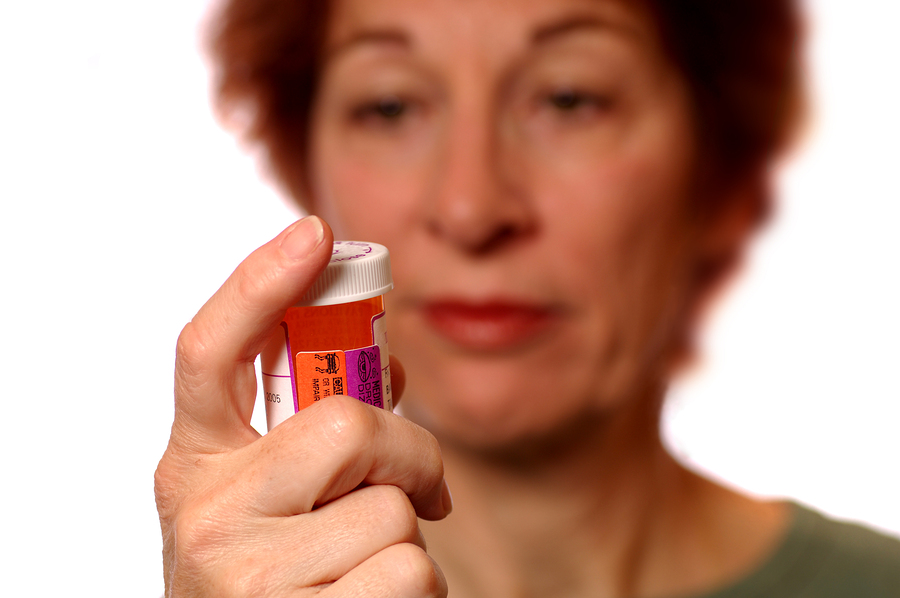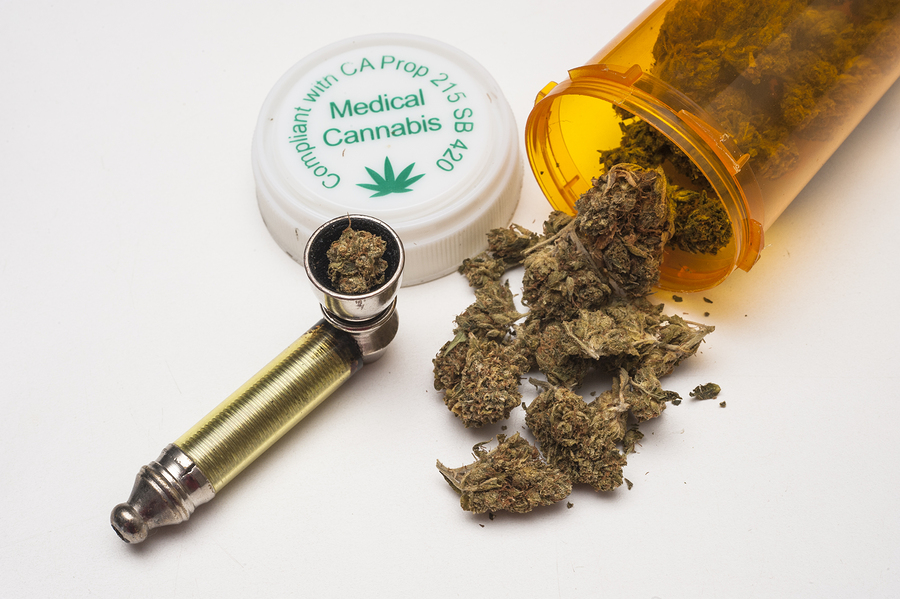How to Prepare for a Scheduled Hospitalization
/By Ellen Lenox Smith, Columnist
No one enjoys the experience of being admitted to the hospital. Indeed, hospitalization can provoke extreme anxiety, which does not contribute to successful outcomes in any medical procedure.
Proper preparation before you go to the hospital not only reduces stress, but enhances the probability of a successful medical experience and helps promote a smoother healing process – all of which lead to considerable benefits to the patient.
For example, while recently preparing for a revised neck fusion, I realized that eating would become an immediate issue because nutrition is so important for healing. I don’t want to rely solely on hospital food, so I am preparing meals that I puree and freeze for my husband to bring to the hospital that I can sip through a straw.
Here is a list of other things I plan on doing:
- I plan to arrive with all of my compounded medications in their labeled containers, along with my regular pharmaceutical drugs, so I will not miss any scheduled doses.
- I will bring my entire medical folder, which includes my name, address, insurance coverage, contact information for my primary care doctor, pharmacy and nurse case manager, a list of medications and dosages, a list of medications I am sensitive to, previous surgeries, and my diagnoses.
- I will also include a list of Do’s and Don’ts to help keep the staff educated about Ehlers Danlos Syndrome and keep me safe when I might not be able to advocate for myself.
- I will pack my supplements that I will take after the surgery, so my body is allowed to quickly return to the routine it is used to.
- I will bring a special pillow that I sleep with that keeps my head in the correct position all night long (I use the Therapeutica Sleeping Pillow).
- I will give to the staff my list of food sensitivities and request to meet with the hospital dietician in hopes of getting food delivered that I can metabolize.
- I will pack t-shirts, loose flannel pants and warm socks so I can walk around the halls comfortably, instead of having to wear those lovely gowns you wake up from surgery in!
- I will bring a small bag of toiletries I prefer to use, along with a comb, brush and a toothbrush since what they provide always seems to be so skimpy.
- I will prepare a list of friends and family phone numbers for my husband/caregiver to contact after the surgery is completed.
- I will bring my Living Will and any needed directives.
- I will wear my medical alert bracelet and will ask that they please read what is on it!
- I will bring my own BiPAP breathing machine, so I know I am sleeping with the correct readings. I’ll also have the doctor write down the exact setting in case the hospital decides to use their own machine.
- I’ll bring things to do that are simple and peaceful that will help calm me, as well as items that will help re-stimulate the mind, such as Sudoku puzzles, adult coloring books and quiet music to listen to.
- I will pack enough food for my service dog to cover a few weeks, in case we stay longer than expected. I will also make sure I have her list of shots and credentials proving she is a legal service dog.
- With serious food sensitivities, I always pack snacks.
- I will bring paper and pen to jot down things I want to remember to ask the doctor when he arrives in the room. It is not a time to count on one’s memory!
- I will bring my cellphone and charger to keep connected to the world when back in a room.
- I will bring a list of my passwords in case I need to use the internet.
- I will contact my case manager nurse to alert her of the upcoming surgery, so she is able to help assist with in any snags that might come up and arrange for home healthcare when I’m discharged from the hospital.
- Many of my surgeries are out-of-state, so I make sure my primary care provider clears me for surgery in writing and sends a copy to the hospital. I’ll also bring a hard copy with me, in case they don’t get it or it is misplaced.
Anything a patient can do to simplify the hospitalization is worthwhile! For those of us with complicated and rare medical conditions, we must be prepared to advocate for ourselves. I have found that, for the most part, hospital staff does appreciate enlightened input from patients on best practices and how to keep us safe from harm.
As effective patient advocates, we need to educate others not only for our own safety, but to benefit future patients with our condition.
Ellen Lenox Smith suffers from Ehlers Danlos syndrome and sarcoidosis. Ellen and her husband Stuart are co-directors for medical marijuana advocacy for the U.S. Pain Foundation and serve as board members for the Rhode Island Patient Advocacy Coalition.
For more information about medical marijuana, visit their website.
The information in this column should not be considered as professional medical advice, diagnosis or treatment. It is for informational purposes only and represents the author’s opinions alone. It does not inherently express or reflect the views, opinions and/or positions of Pain News Network.
















































